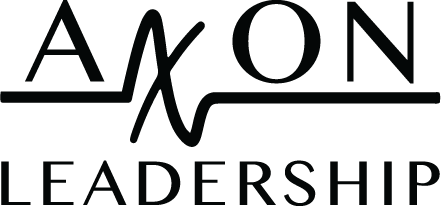Coaching at the Frontiers
Compare and contrast: Marshall Goldsmith, Jayson Blair, and me. First, I’ll tell you how we are different. Dr. Goldsmith has a reputation for doing “good work”. He is a New York Times and Wall Street Journal best-selling author, and according to Forbes one of the most influential business thinkers in the world. Mr. Blair is a former reporter for the New York Times. He notoriously engaged in “compromised work” by plagiarizing and fabricating news stories and was forced to resign, along with two editors, in 2003. As for me, I am a master’s student in Human Development and Psychology at the Harvard Graduate School of Education, currently reflecting on my professional aspirations.
Aside from a connection to the Times (yes, I am a reader, building a stomach for the digital subscription transition), what all three of us have in common is that we call ourselves “coaches”. Dr. Goldsmith is an authority on executive coaching. Mr. Blair, having left the journalism profession, now works as a life and career coach. After completing a year-long training and certification program, I’ve been building my own coaching business focused on human development. This year I’ll be mentoring a group of students through the same coach training process.
Beyond our shared professional titles, what are the similarities in our work? The troubling answer is that, even as one of the three coaches mentioned above, I don’t know. Coaching is an emerging field of practice, still in the process of finding its identity. It began attracting attention in the 1980’s, and has steadily gained in popularity. The number of coaching-related articles in peer-reviewed journals has climbed steadily and coaching has been estimated to be a billion dollar industry. It has also been called a “Wild West”, devoid of barriers to entry or clear selection criteria for consumers.
This wild western terrain is populated by practitioners offering a wide range of services: from Six Sigma business coaching to aura coaching; from Tony Robbins-style motivational work to ADD coaching. People call themselves “coach” after having read a book, taken a day-long seminar, or dedicated months or even years of their lives to training.
The coaching community did its best to bring a sheriff to town in 1995 by establishing the International Coach Federation (ICF). The ICF has delineated standards of practice for coaching called Core Competencies, and it has established a Code of Ethics. These two sets of symbolic codes—one for knowledge and practice, the other for ethics—are what the industry presumptively needs in order to be considered a bona fide profession. Yet debate continues: whether coaching should be a profession, how it should be monitored,whether its focus should be delineated.
For a study conducted last fall, I interviewed thirteen full-time coaches. A few endorsed the ethics and standards proposed by the ICF, while others said, “I don’t know if the ICF is the answer”, and “I don’t agree with all the ICF has to say”. Interviewees indicated concerns about the continued lack of barriers to entry, since anyone can “hang a shingle” and call him or herself a coach. One coach said she was keeping up her ICF certification, but that it held little meaning for her clients. Interestingly, Dr. Marshall Goldsmith does not claim to be certified, yet of the three coaches mentioned in my original comparison he has had the greatest impact on the field.
I’m left with the puzzle ofhow best to establish coaching as a profession characterized by good work—work that is excellent, ethical, and engaging. The good news is that if coaches are “cowboys” exploring the frontiers of a new profession, we certainly represent the warmest hearted of mavericks. The coaches I interviewed in the fall expressed deep dedication to their work and an impressive sense of responsibility to their clients, their own integrity, and the wider world. Indeed, such a sense of responsibility is integral to good coaching. To cultivate a culture of good work, the coaching community will need to do more than tip its hat and ride off into the sunset. We mustreflect on how we can keep ourselves and each other on a well-travelled path,and how we will invite others to advance toward horizons that are still hazy in the distance, but worth pursuing.
